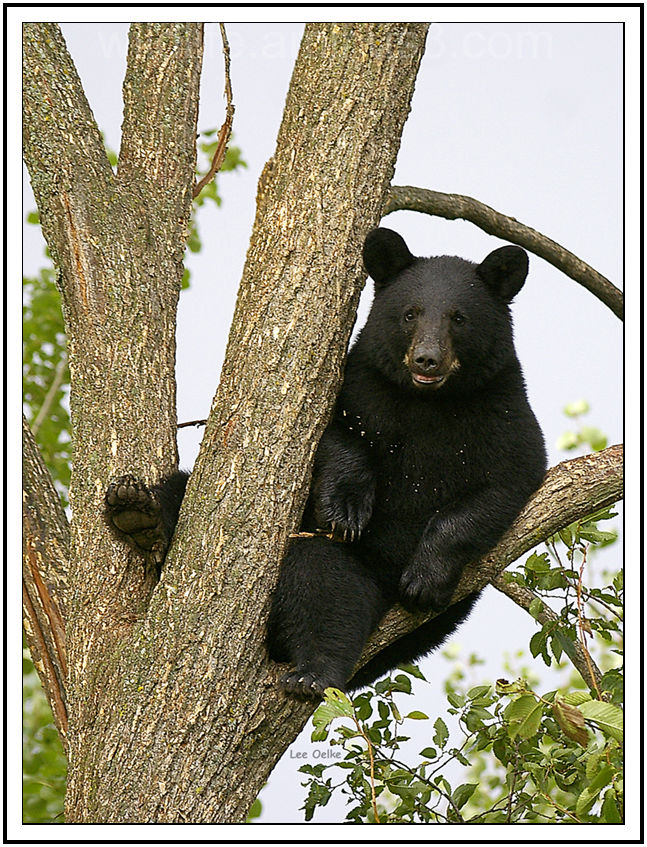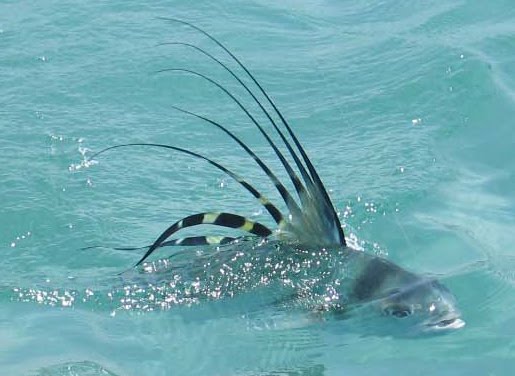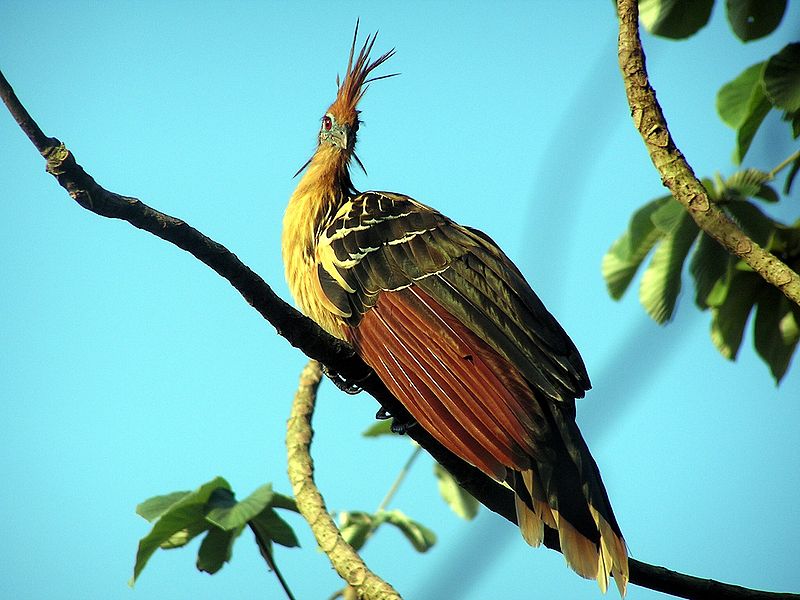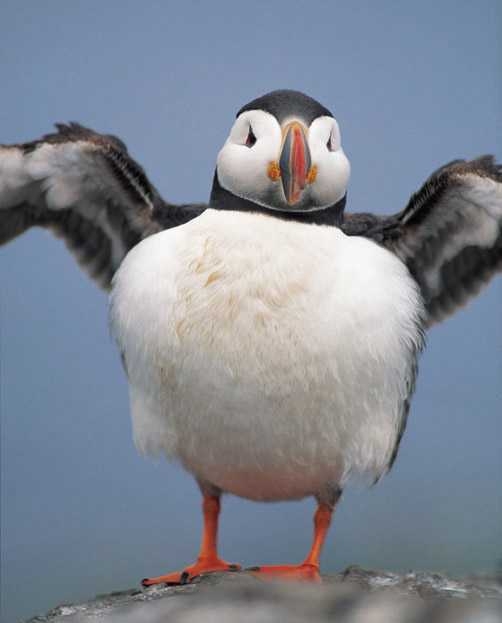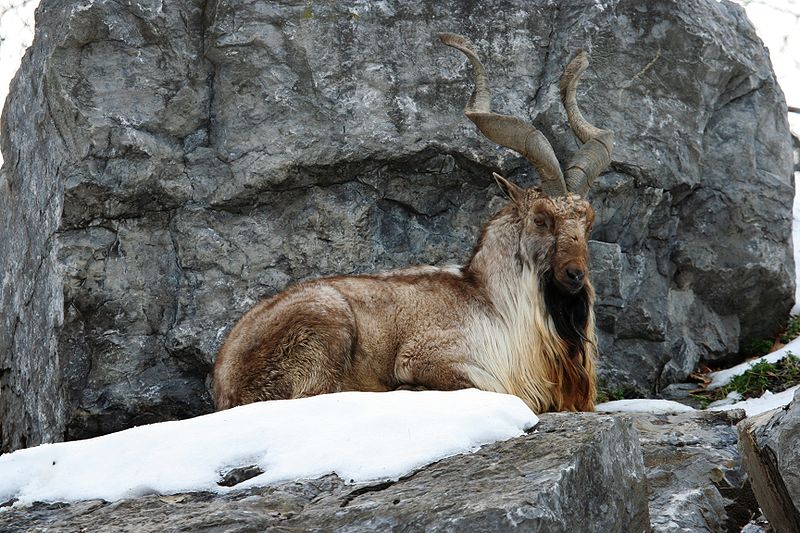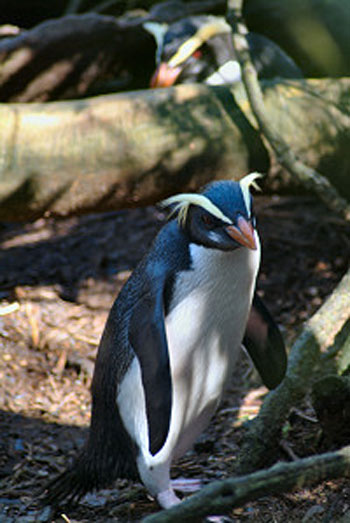
It has been awhile since we have explored the intriguing life of a Penguin. Therefore, we are all taking a quick trip to New Zealand where we will be able to study the incredible Fiordland Penguin. Why do we need to go all the way to New Zealand to see this little penguin? Well, these tuxedo-wearing birds can only be found in the temperate rain forests on the southwest coast of Stewart Island and South Island. Besides, it seems like the perfect day to take a trip to the southern hemisphere…although, I would say that about any day.
Snares Penguin vs. Fiordland Penguin
So how can we identify these beautiful birds? Well, much like the Snares Penguin, this species also has a prominent, yellow strip running just above their eye, however, they are larger than the Snares and also have white streaks along their cheeks. Similarly, unlike the Snares Penguin, the Fiordland variety is missing the fleshy portion found at the base of the beak. While these characteristics will help you identify the adult version, you will have a much tougher time distinguishing the babies apart. In fact, the duller coloured babies look so similar that you will probably not be able to tell the Snares apart from the Fiordland…unless you look at their parents.

Playing Favourites
The breeding and nesting behaviours of the Fiordland Penguin are interesting. The mating season begins in June, which is the New Zealand winter. Upon arrival to the breeding grounds the males will begin a fasting program that lasts for about 45 days. I guess the guys feel they need to lose a little weight before trying their cheesy pickup lines on the ladies. Breeding will usually take place in a concealed location such as dense bushes, caves and even under boulders. Eventually the female will lay her two eggs into her specially built nest. Now this is where the story turns sad as the second egg laid will usually hatch a few days before the first egg. As a result, the second hatchling will be smaller, weaker and typically dies a few days after hatching due to starvation… or put another way – due to an older, stronger and meaner sibling.

